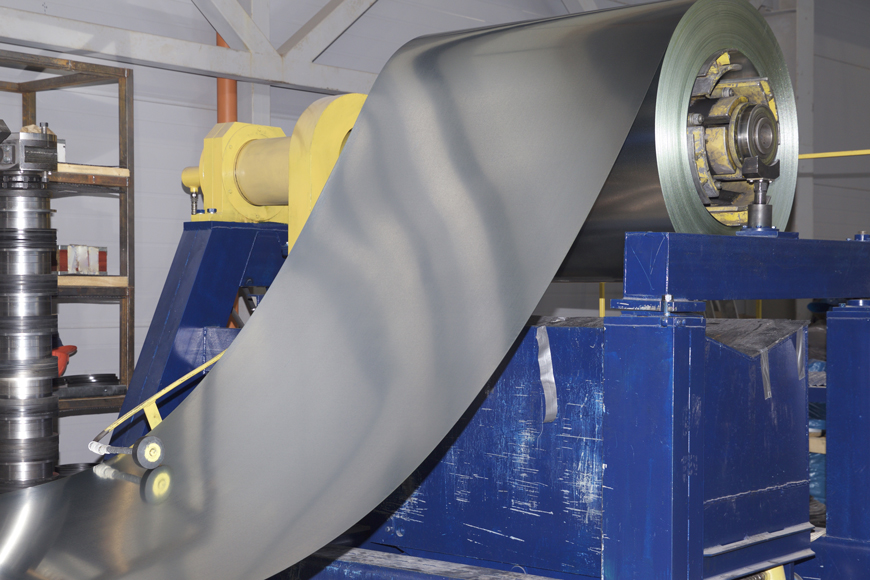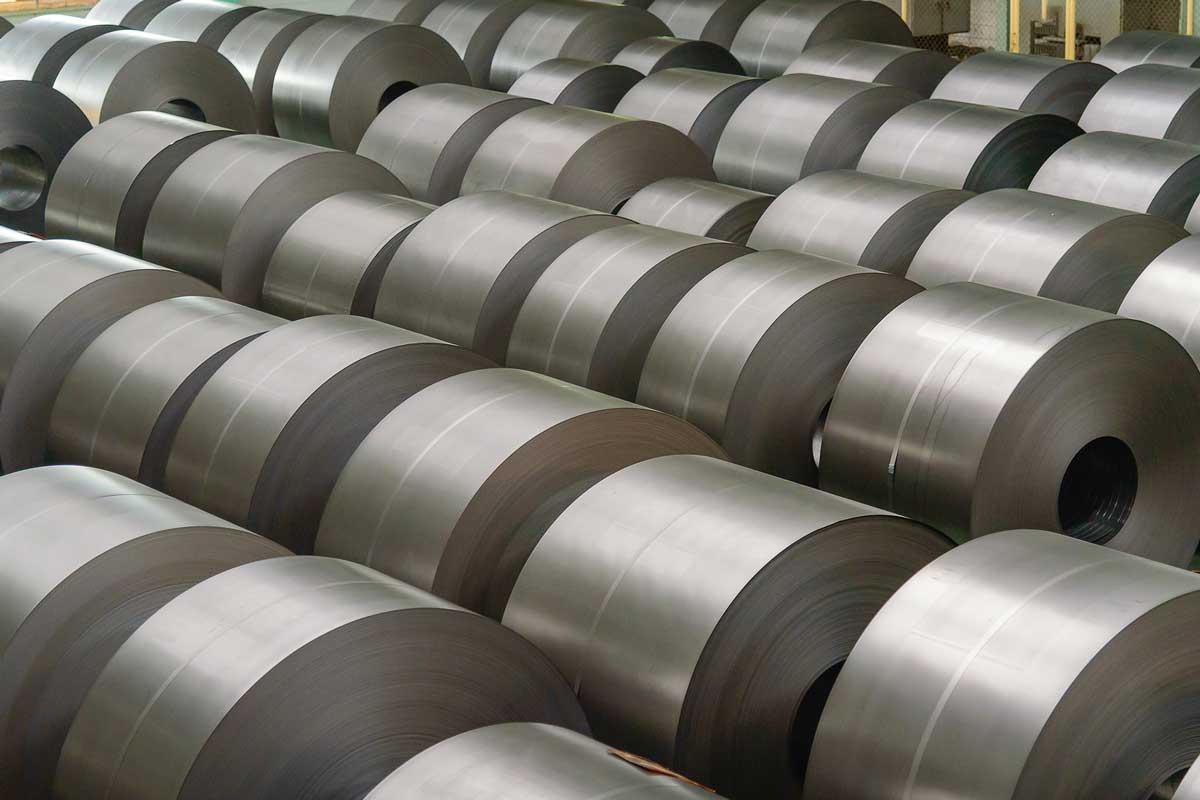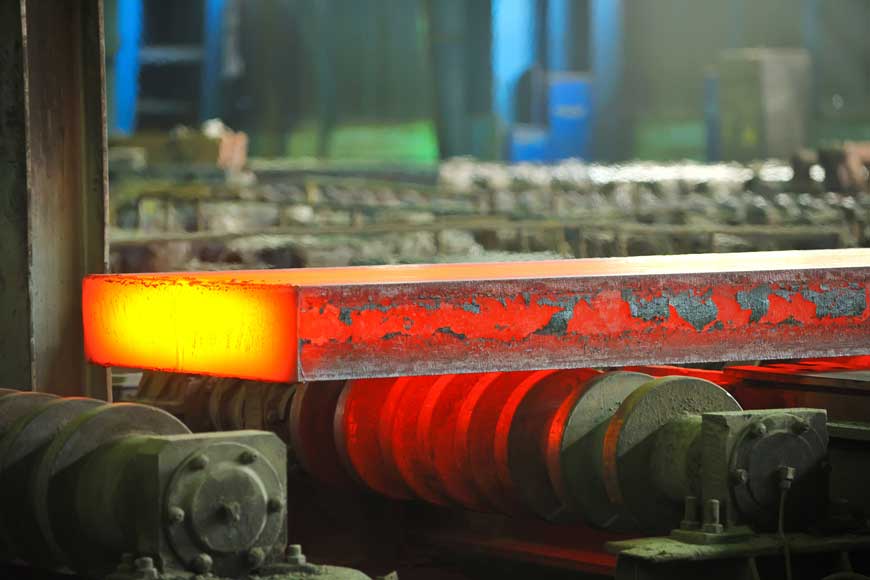Stainless Steel | Alloy Steel | Duplex Steel | Super Duplex | Carbon Steel | Monel | Nickle Alloys | Inconel | Incoloy | Hastelloy | Galvanized Steel | Titanium | Tool Steel | Hot Rolled Steel | Cold Rolled Steel | Aluminium | Copper | Bronze
Hot Rolled Steel
Learn the benefits of each type of steel, and which to pick for your project

Steel comes in many grades, specifications, shapes, and finishes—the World Steel Association lists over 3,500 different grades of steel, each with unique properties. The various types mean that steel can by widely used in infrastructure, appliances, vehicles, wind turbines, and many more applications.
Optimizing steel’s properties for each application goes beyond changing the chemical composition, however. The manufacturing processing of steel can also have a significant impact on steel products—even when the grades and specifications are the same. One key distinction among pre-fabricated steel products is the difference between hot rolled and cold rolled steel.

What’s the difference between hot rolled and cold rolled steel?
It’s important to note that the main difference between hot rolled and cold rolled steel is one of process. “Hot rolling” refers to processing done with heat. “Cold rolling” refers to processes done at or near room temperature. Although these techniques affect overall performance and application, they should not be confused with formal specifications and grades of steel, which relate to metallurgical composition and performance ratings. Steels of different grades and specifications can be either hot rolled or cold rolled—including both basic carbon steels and other alloy steels.
It may seem obvious, but some types of steel are better suited for certain applications. Knowing which to use can help avoid over-spending on raw materials. It can also save time and money on additional processing. Understanding the differences between hot and cold steel is integral to choosing one over the other.
Hot rolled steel

Hot rolled steel is steel that has been roll-pressed at very high temperatures—over 1,700˚F, which is above the re-crystallization temperature for most steels. This makes the steel easier to form, and resulting in products that are easier to work with.
To process hot rolled steel, manufacturers first start with a large, rectangular length of metal, called a billet. The billet is heated and then sent for pre-processing, where it is flattened into a large roll. From there, it is kept at a high temperature and run through a series of rollers to achieve its finished dimensions. The white-hot strands of steel are pushed through the rollers at high speeds. For sheet metal, rolled steel is spun into coils and left to cool. For other forms, such as bars or plates, materials are sectioned and packaged.
Steel shrinks slightly as it cools. Since hot rolled steel is cooled after processing, there is less control over its final shape, making it less suitable for precision applications. Hot rolled steel is often used in applications where minutely specific dimensions aren’t crucial. Railroad tracks and construction projects often use hot rolled steel.
Hot rolled steel can often be identified by the following characteristics:
- A scaled surface—a remnant of cooling from extreme temperatures
- Slightly rounded edges and corners for bar and plate products (due to shrinkage and less precise finishing)
- Slight distortions, where cooling may result in slightly trapezoidal forms, as opposed to perfectly squared angles
What are the benefits of hot rolled steel?
Hot rolled steel typically requires much less processing than cold rolled steel, which makes it a lot cheaper. Because hot rolled steel is allowed to cool at room temperature, it’s essentially normalized—meaning it’s free from internal stresses that can arise from quenching or work-hardening processes.
Hot rolled steel is ideal where dimensional tolerances aren’t as important as overall material strength, and where surface finish isn’t a key concern. Where surface finish is a concern, scaling can be removed by grinding, sand blasting, or acid-bath pickling. Once scaling has been removed, various brush or mirror finishes can also be applied. Descaled steel also offers a better surface for painting and other surface coatings.